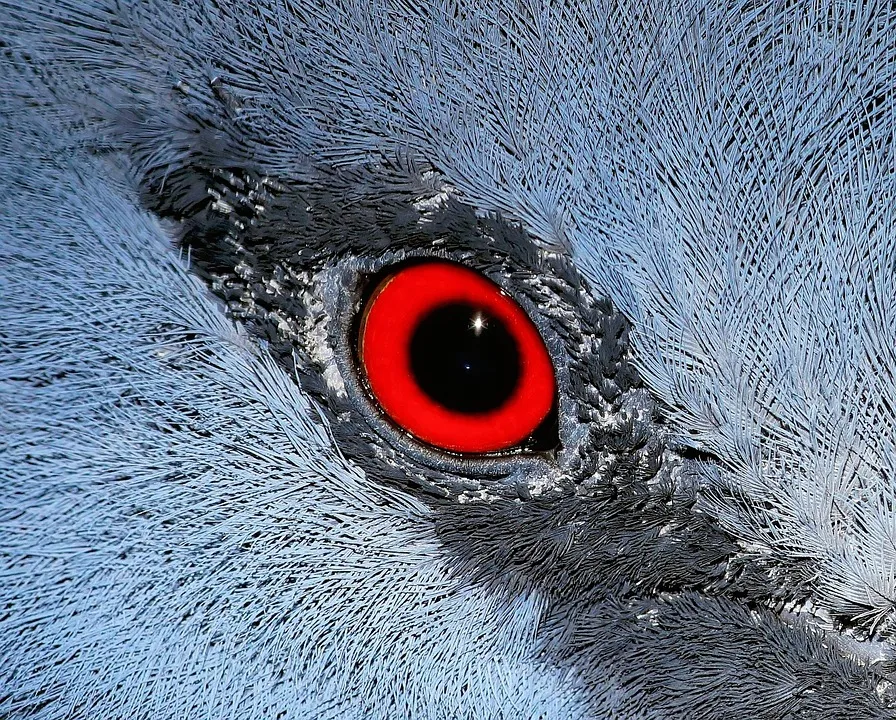Religions are just another form of gambling.
After finishing the third season of The Handmaid’s Tale, I decided to re-visit Margaret Atwood’s novel, which I had read too long ago. Even though the series is gradually losing its edge, there’s no question about its visual and dramatic achievements. It certainly provides a more shocking experience than the text and reignites the ever present question about religious fanaticism and tyranny. I stopped at a passage that made me think about religions in the context of modern addictions and old-fashioned conditioning.
I read about that in Introduction to Psychology; […] the pigeons, trained to peck a button which made a grain of corn appear. Three groups of them: the first got one grain per peck, the second one grain every other peck, the third was random. When the man in charge cut off the grain, the first group gave up quite soon, the second group a little later.
The third group never gave up. They’d peck themselves to death, rather than quit. Who knew what worked?
The reason religions (despite their vices and inconsistencies) had, still have, and will always have followers lies in our very human constitution, in our wiring. We like to brag about our alleged superiority when compared to any other living creature, but humans are not different from pigeons. Religions are just another form of gambling.
The passage in Atwood’s novel refers to one of Burrhus Frederic Skinner’s experiments and the guiding principle behind the behavior observed has been called Intermittent Variable Rewards.
The reward, whether it is corn or salvation, does not matter as much as the sense of anticipation. Jesus second coming (or third, according to some) would not be as satisfying as the expectation of it. It happens to sex, money, power, or food cravings.
Unlike the internet/social media addictions that makes us scroll in anticipation for who knows what rewards (meme, joke, juicy gossip, etc.), with religions people are moved by two extremes (not necessarily mutually exclusive). They may be genuinely pious and hope that their miracle, their just reward will be next. They may also be fully aware of their sinful nature and fear divine punishment, a punishment that usually comes with the same intermittence of a variable reward.
You never know who may be the next sinner punished or how, so you hide behind religion just in case. Sounding religious or “spiritual” is a social asset. Even if you do not believe in the precepts of your society’s preferred religion, you know that uttering certain words and partaking of certain rituals is a socially acceptable and even profitable move.
Even though Atwood’s dystopia may seem farfetched or remote for some, we know that that kind of extremism is closer to us than we think. No religion is exempted from producing such a bleak society as the one depicted in the novel and brought to dreadful life by the TV series. Even a tropical country like Venezuela, whose customs and beliefs have been associated with western democratic ideals, have turned towards totalitarianism and in the last years has approached the most radical allies in the Middle East and Asia. They rule by dogma, violence, and now with the help of technology by state-sponsored intimidation.
A principle similar to Skinner’s experiments with pigeons may also explain why countries like Venezuela, Cuba, North Korea, or Nicaragua can’t get rid of oppressive regimes. Only this time we may be talking about Intermittent Variable Punishments, which already applies to religions that emphasize fear of god. People under oppressive regimes end up fearing their own shadows. You never know who or what can cause your demise or that of your family. “Better safe than sorry.”
Whether it is religious oppression, political oppression or a combination of both, by playing along fearing repercussions, we perpetuate the experiment; we keep pecking in captivity, even if it means perdition or certain death.
Thanks for your reading



